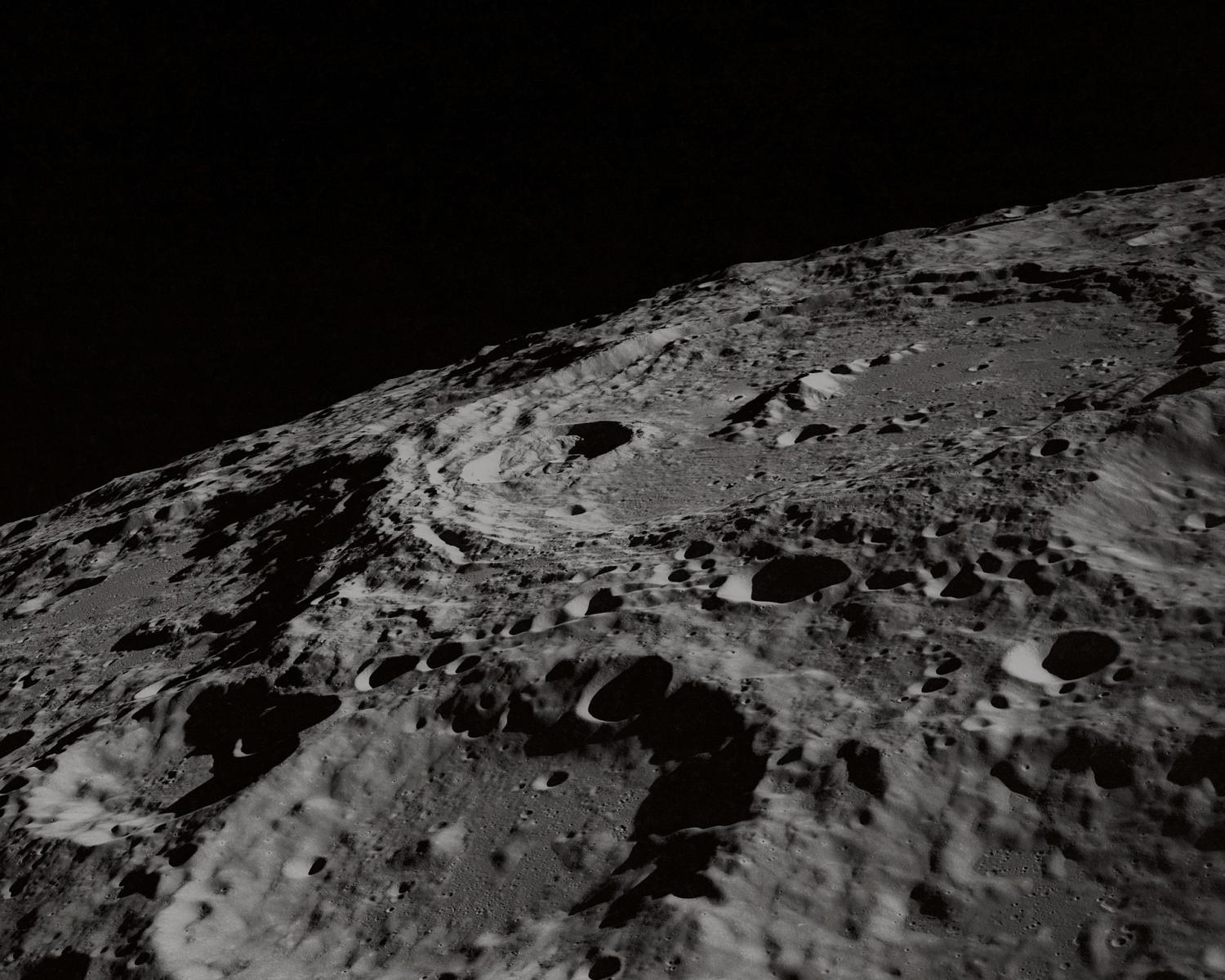A study of lunar regolith samples collected by the Chang’e-5 spacecraft showed that the hydrogen content in it increases with latitude. This element reaches the moon with the solar wind and can react with oxygen to form water.

Study of samples of Chang’e-5
Scientists from China and France examined samples of lunar regolith delivered to Earth by the Chang’e-5 spacecraft. They found that the concentration of hydrogen ions in it was significantly higher than in the samples collected by the crews of the Apollo missions.
They attributed this to the fact that Chang’e-5 landed at a point with a greater latitude, closer to the pole than the American astronauts did. The temperature here is 350 K, while at the Apollo landing site it was 380 K.
According to scientists, because of this, hydrogen evaporates less intensively at high latitudes of the echo than at the equator. And its concentration in these places is much higher. It is quite possible that there is even more of it in the regolith of the circumpolar regions.
Where does hydrogen come from on the Moon and why is it so important?
Hydrogen ions enter the Moon together with the solar wind and bind to the surface of regolith grains. However, previous studies have shown that as there are more of them, the evaporation process begins. So the concentration of the first element of the periodic table remains unchanged after reaching a certain limit.
The presence of hydrogen ions in the regolith is important because over time they react with oxygen, forming oxides of various substances and water. And the content of these reaction products also increases with latitude.
In fact, we know about the chemical composition of regolith in the polar regions of the Moon only from remote sensing results. All samples currently available for study on Earth have been selected closer to the equator of the moon.
Water on the Moon
The idea that considerable reserves of water can be stored in polar craters has been expressed for a long time. Recently, scientists have suggested that there may be considerable deposits left over from the time of the Moon in the regolith beyond their borders. Now it turns out that water can form there right now.
This data is extremely important for the future construction of the lunar base. The USA and China have started a race to see who will do it first and even compete for the most promising sites. It is possible that the new data may affect the course of events.
According to phys.org
Follow us on Twitter to get the most interesting space news in time
https://twitter.com/ust_magazine
